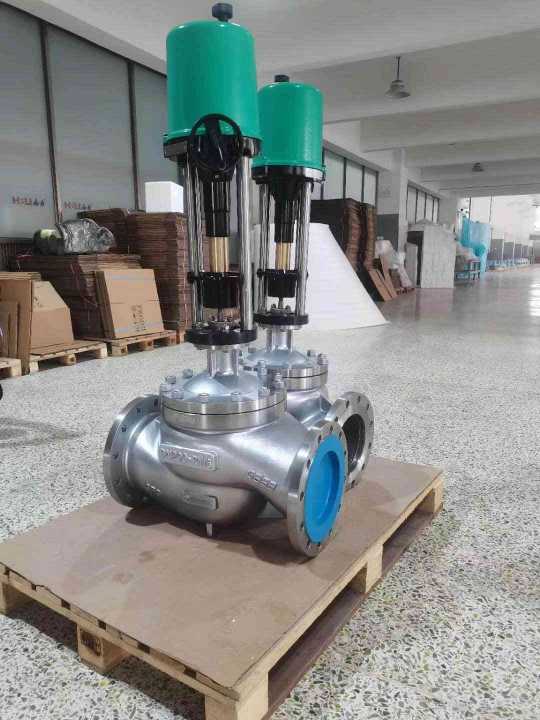The Electric Single Seat Regulating Valve (ESSRV) is an essential component in modern industrial automation, playing a crucial role in controlling the flow of fluids in various systems. This article delves into the structure, working principles, applications, and benefits of electric single seat regulating valves, highlighting their significance in process control industries such as HVAC, chemical processing, water treatment, and energy production.

Understanding Electric Single Seat Regulating Valve An Electric Single Seat Regulating Valve integrates an electric actuator with a single-seat valve, making it an ideal choice for systems that require precise flow control. The valve’s name originates from its “single-seat” design, meaning the valve has only one sealing surface, which reduces the risk of leakage and ensures high-efficiency flow control. The electric actuator is the heart of this valve. It receives control signals, typically in the form of an electrical input (e.g., 4-20mA or 0-10V), and adjusts the position of the valve stem. This movement alters the valve opening, controlling the flow rate of the medium passing through the system. The combination of the electric actuator with the single-seat valve allows for precise and automated regulation of fluid flow in response to varying process conditions.